Home>Gardening & Outdoor>Outdoor Recreation & Activities>What Is A Trampoline Made Of
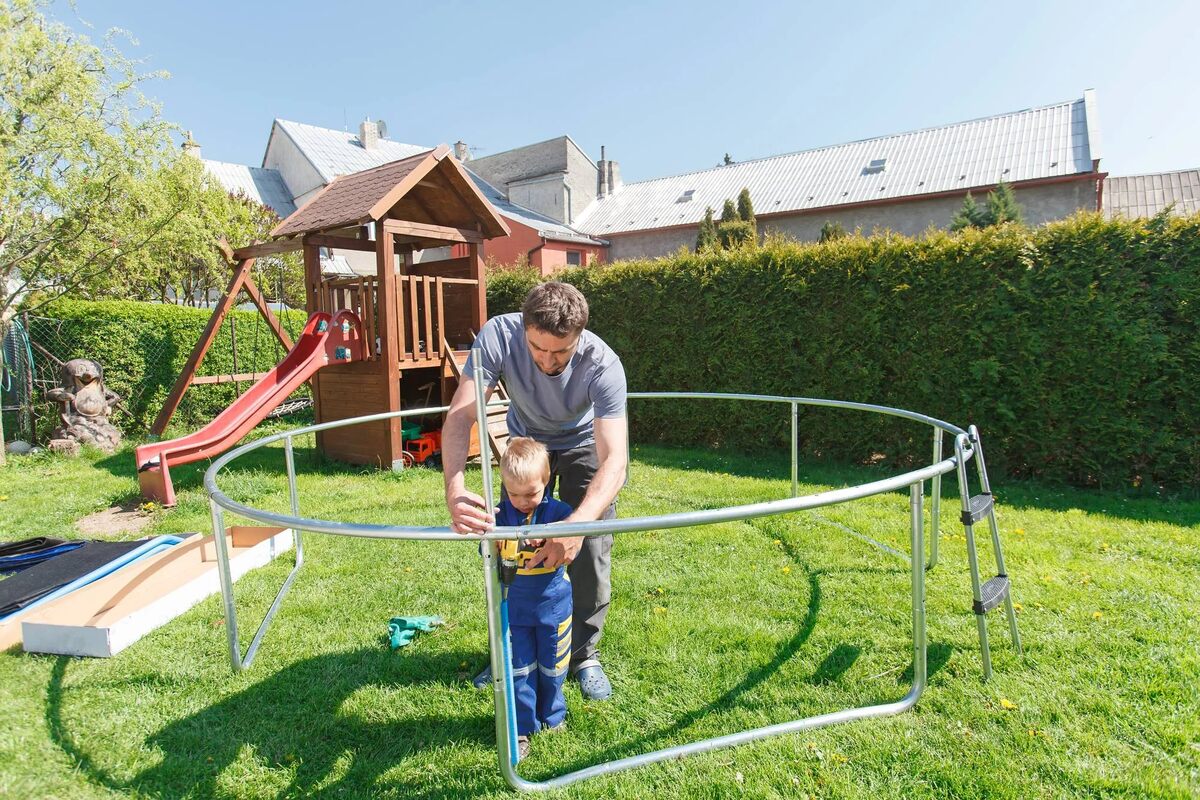

Outdoor Recreation & Activities
What Is A Trampoline Made Of
Modified: February 18, 2024
Discover the materials used in trampolines and how they contribute to safe and enjoyable outdoor recreation and activities. Learn more about trampoline construction and durability.
(Many of the links in this article redirect to a specific reviewed product. Your purchase of these products through affiliate links helps to generate commission for Storables.com, at no extra cost. Learn more)
**
Introduction
**
Trampolines have long been a source of joy and entertainment for people of all ages. Whether it's the exhilarating feeling of bouncing high into the air or the simple pleasure of spending time outdoors, trampolines hold a special place in the hearts of many. However, have you ever wondered what makes up this beloved piece of equipment? In this article, we'll delve into the components of a trampoline, exploring the materials that come together to create this iconic recreational apparatus. From the sturdy frame to the resilient mat and the bouncy springs in between, each part plays a crucial role in delivering a safe and enjoyable bouncing experience. So, let's spring into action and uncover the inner workings of a trampoline!
Key Takeaways:
- Trampolines are made of sturdy materials like galvanized steel frames, high-tensile steel springs, and durable polypropylene mats, all designed to provide a safe and enjoyable bouncing experience.
- The padding of a trampoline serves as a protective barrier, cushioning the frame and springs to prevent accidental impact and enhance the overall safety of the apparatus.
Read more: What Is A Trampoline
The Frame
At the heart of every trampoline lies the frame, the structural foundation that supports the entire apparatus. Typically constructed from galvanized steel, the frame is engineered to withstand the forces exerted during bouncing while enduring exposure to the elements. The galvanization process involves coating the steel with a protective layer of zinc, which enhances its resistance to corrosion, rust, and general wear and tear, thereby prolonging the trampoline’s lifespan.
The frame consists of several components, including the legs, rails, and joints, all of which are meticulously designed to interlock securely, forming a stable and robust framework. The legs provide essential stability, anchoring the trampoline to the ground, while the rails encircle the jumping surface, offering structural integrity and support. Furthermore, the joints, often reinforced with welded or bolted connections, ensure that the frame remains rigid and steadfast, even under dynamic loads.
Moreover, the frame’s design directly influences the trampoline’s overall safety and performance. High-quality frames are engineered with precision, taking into account factors such as weight distribution, stress points, and impact resistance. This meticulous approach not only enhances the trampoline’s durability but also minimizes the risk of structural failure, providing users with a secure and reliable platform for recreational bouncing activities.
When selecting a trampoline, it’s essential to consider the quality and construction of the frame, as these aspects significantly impact the trampoline’s longevity and user experience. A well-built frame, coupled with proper maintenance and care, ensures that the trampoline remains a steadfast and enjoyable fixture in any outdoor setting.
The Springs
As integral components of a trampoline, springs play a pivotal role in delivering the exhilarating bounce that enthusiasts have come to love. Typically crafted from high-tensile steel, these coiled springs are engineered to store and release kinetic energy, propelling users into the air with each jump. The quality and design of the springs directly influence the trampoline’s responsiveness, providing a balance between elasticity and resistance to ensure a satisfying and safe bouncing experience.
When it comes to spring design, factors such as coil count, wire diameter, and coil length are carefully considered to optimize the trampoline’s performance. Higher coil counts and thicker wire diameters contribute to increased durability and elasticity, allowing the springs to endure continuous use without succumbing to metal fatigue. Additionally, the length of the coils influences the trampoline’s bounce dynamics, with longer coils often providing a smoother and more controlled rebound.
Furthermore, the attachment of the springs to the trampoline frame is a critical aspect of their functionality. Securely fastened springs, typically connected to the frame via durable hooks or loops, ensure that the mat remains taut and uniformly tensioned, distributing the user’s weight evenly across the jumping surface. This not only enhances the trampoline’s safety but also promotes consistent and predictable bouncing performance.
It’s important to note that regular maintenance and inspection of the springs are essential for preserving their integrity and performance. Over time, exposure to varying weather conditions and continuous use can impact the springs’ resilience, making periodic assessments and potential replacements crucial for ensuring a safe and enjoyable bouncing experience.
Ultimately, the springs of a trampoline serve as the catalyst for airborne excitement, translating the user’s kinetic energy into thrilling vertical propulsion. Their robust construction and strategic integration within the trampoline’s framework contribute to the overall safety, resilience, and dynamic responsiveness of this beloved recreational apparatus.
A trampoline is typically made of a strong, flexible material called polypropylene, which is also known as “trampoline fabric.” This material is attached to a frame made of steel or aluminum to create the bouncing surface.
The Mat
Central to the trampoline experience, the mat, also known as the jumping surface, is a critical component that directly influences the user’s bouncing performance and safety. Typically crafted from durable polypropylene or similar synthetic materials, the mat is designed to withstand continuous impact and tension while providing a responsive and resilient surface for bouncing activities.
The construction of the mat involves meticulous attention to detail, with factors such as weave density, UV resistance, and tear strength playing pivotal roles in determining its longevity and performance. A high-quality trampoline mat is characterized by a tight weave, which enhances its tensile strength and minimizes the risk of stretching or sagging over time. Additionally, UV-resistant materials ensure that the mat remains resilient in the face of prolonged sun exposure, preserving its integrity and color vibrancy.
Moreover, the perimeter of the mat is reinforced with robust stitching and webbing, anchoring it to the trampoline’s frame and distributing the user’s weight evenly across the surface. This secure attachment not only maintains the tautness of the mat but also minimizes the risk of displacement or instability during vigorous bouncing activities.
Furthermore, the mat’s responsiveness and energy-absorbing characteristics are crucial for delivering a safe and enjoyable bouncing experience. The material’s ability to yield under pressure while swiftly returning to its original position allows users to achieve satisfying rebounds without compromising on stability or support. This balance of resilience and shock absorption is essential for mitigating the impact forces associated with jumping, safeguarding users against potential discomfort or injury.
Regular inspection and maintenance of the trampoline mat are essential for upholding its performance and safety. Periodic checks for signs of wear, tear, or UV degradation, coupled with proper cleaning and care, contribute to the mat’s longevity and user satisfaction.
Ultimately, the trampoline mat serves as the dynamic stage for aerial exploits, combining strength, responsiveness, and user-focused design to deliver a captivating and secure bouncing experience for enthusiasts of all ages.
The Padding
Amidst the exhilarating bounces and joyful leaps on a trampoline, the padding plays a crucial role in ensuring the safety and comfort of users. Positioned around the perimeter of the trampoline, the padding, often referred to as the safety pad, serves as a protective barrier, cushioning the frame and springs to prevent accidental impact and mitigate potential hazards during bouncing activities.
The construction of trampoline padding involves the use of resilient and impact-absorbing materials, such as closed-cell foam, encased within durable vinyl or polyethylene covers. This combination of robust padding and weather-resistant outer layers ensures that the trampoline’s critical components, including the frame and springs, are shielded from direct contact, reducing the risk of injury and enhancing the overall safety of the apparatus.
Furthermore, the padding’s secure attachment to the trampoline frame is essential for maintaining its protective function. Robust straps or ties, often complemented by sturdy stitching, ensure that the padding remains firmly in place, even during vigorous bouncing sessions. This steadfast positioning not only safeguards users against accidental contact with the trampoline’s structural elements but also contributes to the apparatus’s visual appeal and overall cohesiveness.
When selecting trampoline padding, factors such as thickness, width, and weather resistance are pivotal considerations. Thicker padding offers enhanced shock absorption and impact protection, while wider coverage ensures that the entirety of the trampoline’s frame and springs is effectively cushioned. Additionally, weather-resistant materials safeguard the padding from degradation due to sun exposure, moisture, and general wear, preserving its protective qualities over time.
Regular inspection and maintenance of the trampoline padding are essential for upholding its protective function and durability. Periodic checks for signs of wear, tear, or weather-induced degradation, coupled with proper cleaning and care, contribute to the padding’s longevity and user safety.
Ultimately, the padding of a trampoline serves as a vital safety feature, harmonizing with the apparatus’s design to create a secure and enjoyable environment for bouncing enthusiasts to revel in the boundless delight of aerial escapades.
Read more: What Is A Good Trampoline
Conclusion
As we conclude our exploration of the components that constitute a trampoline, it becomes evident that each element plays a pivotal role in shaping the user’s bouncing experience. From the robust frame that forms the trampoline’s structural backbone to the resilient mat that serves as the dynamic stage for aerial exploits, every component harmonizes to create a safe, enjoyable, and exhilarating recreational apparatus.
Furthermore, the springs, with their high-tensile steel construction and strategic integration within the trampoline’s framework, stand as the catalyst for airborne excitement, translating the user’s kinetic energy into thrilling vertical propulsion. Their resilient design and secure attachment to the frame ensure a dynamic and responsive bouncing experience that captivates enthusiasts of all ages.
Additionally, the padding, meticulously crafted from impact-absorbing materials and weather-resistant covers, serves as a protective barrier, cushioning the frame and springs to mitigate potential hazards and safeguard users against accidental impact. Its steadfast positioning and robust construction contribute to the overall safety and cohesiveness of the trampoline, fostering an environment where enthusiasts can revel in the joy of bouncing with peace of mind.
Ultimately, the trampoline emerges as a testament to the seamless integration of engineering precision, resilient materials, and user-focused design. Whether it’s the sturdy frame anchoring the apparatus to the ground, the responsive springs propelling users into the air, the resilient mat providing a dynamic stage for aerial exploits, or the protective padding ensuring a safe and enjoyable experience, each component embodies the essence of outdoor recreation and leisure.
As enthusiasts young and old continue to embrace the timeless allure of trampolines, the enduring legacy of these beloved apparatuses lies in their ability to inspire boundless delight, foster active lifestyles, and create cherished moments of outdoor fun for generations to come.
Frequently Asked Questions about What Is A Trampoline Made Of
Was this page helpful?
At Storables.com, we guarantee accurate and reliable information. Our content, validated by Expert Board Contributors, is crafted following stringent Editorial Policies. We're committed to providing you with well-researched, expert-backed insights for all your informational needs.
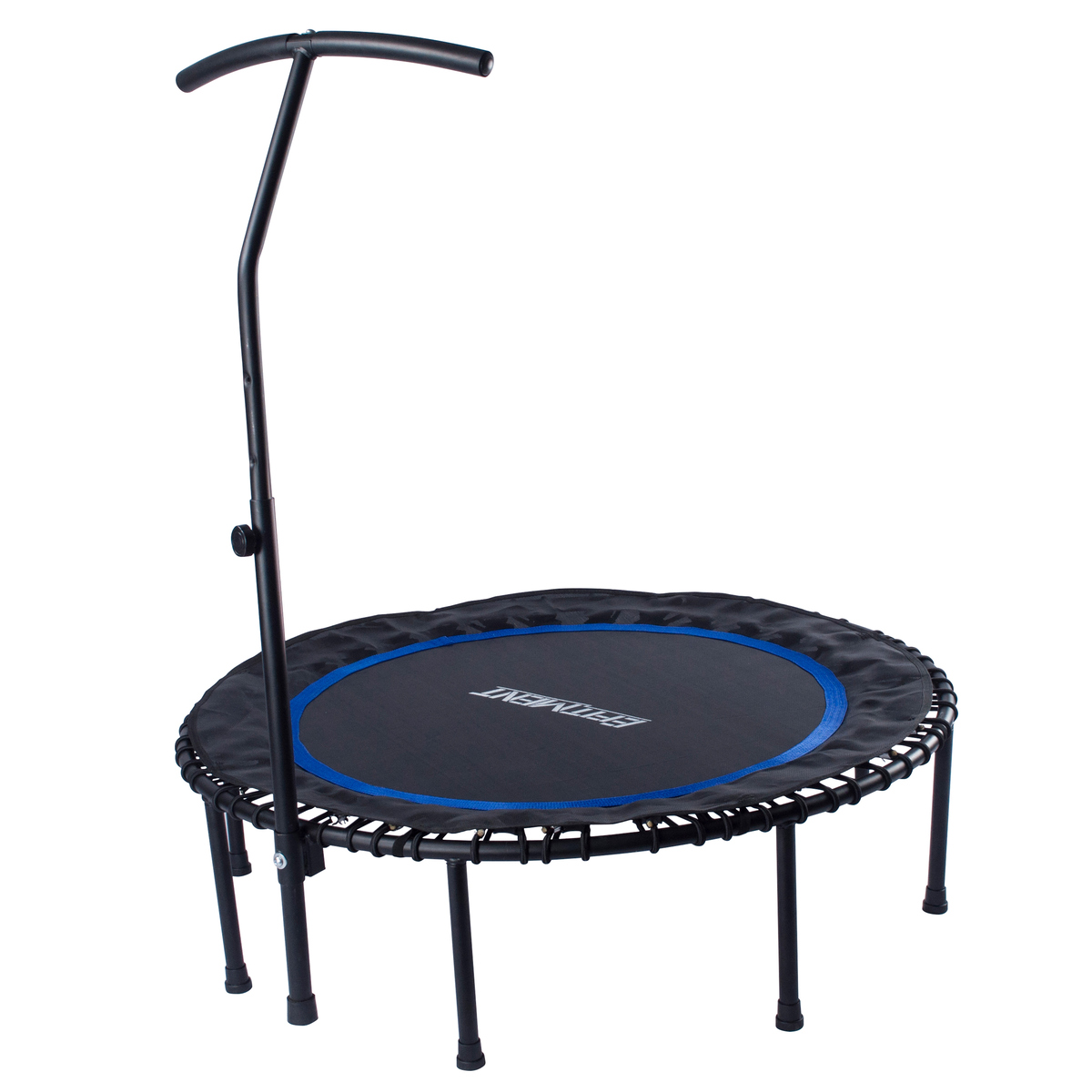
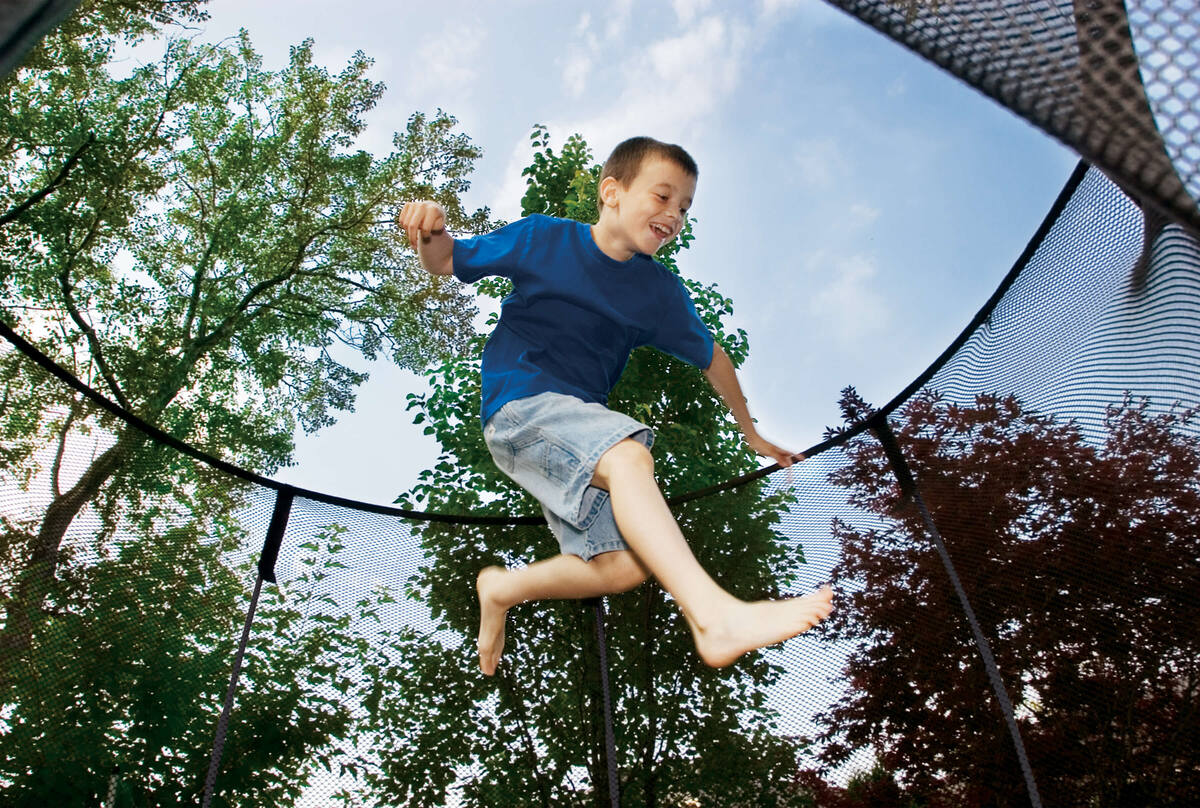

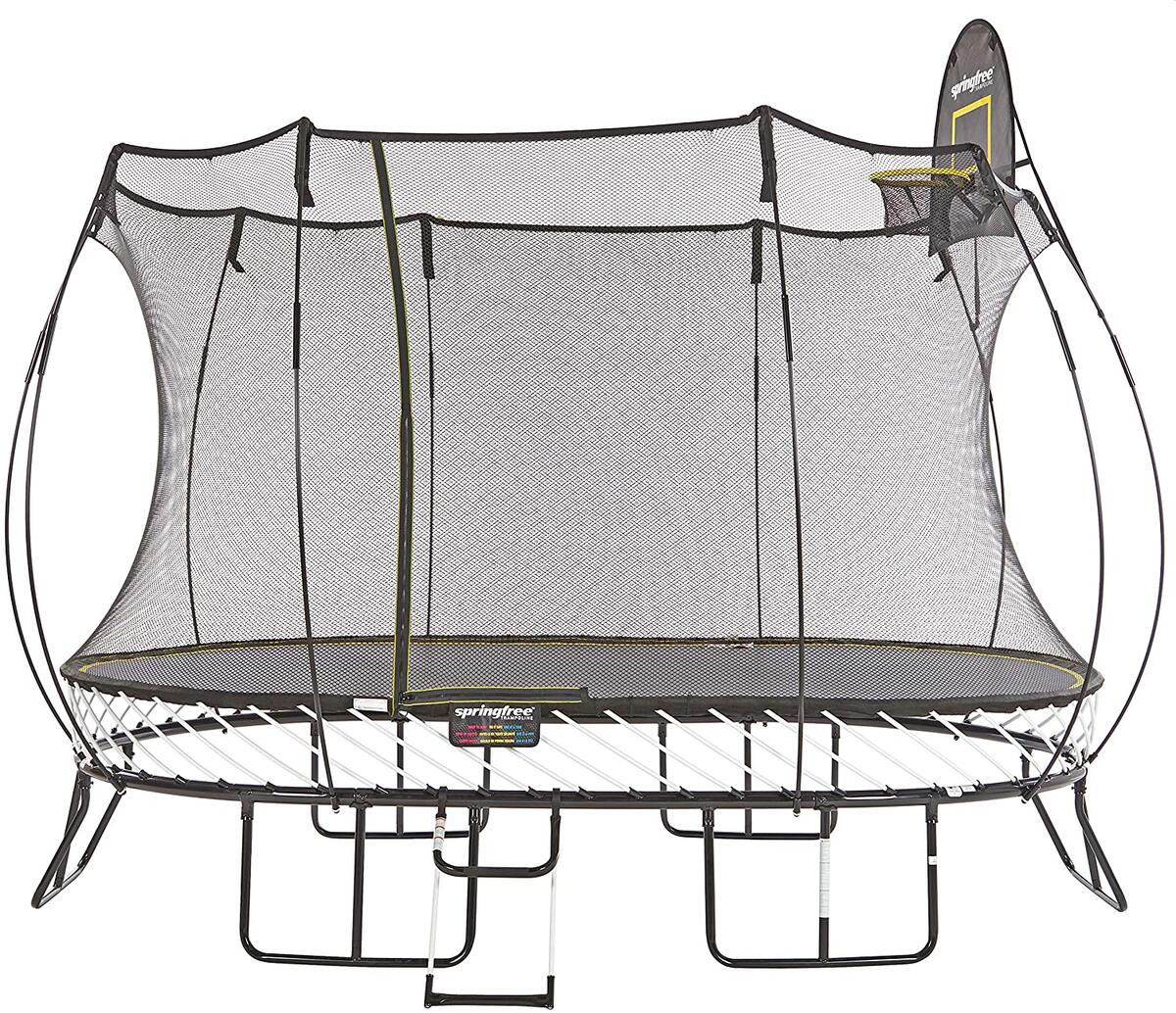
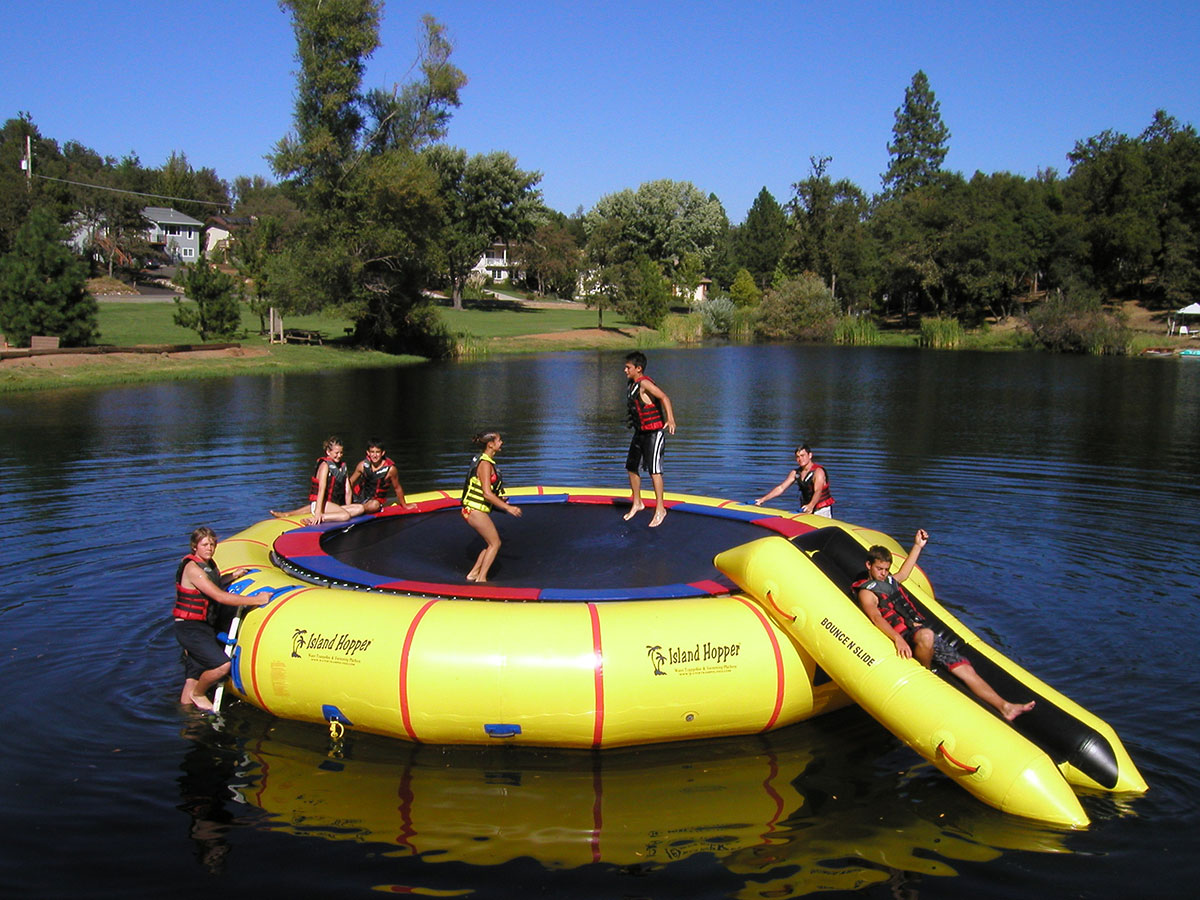

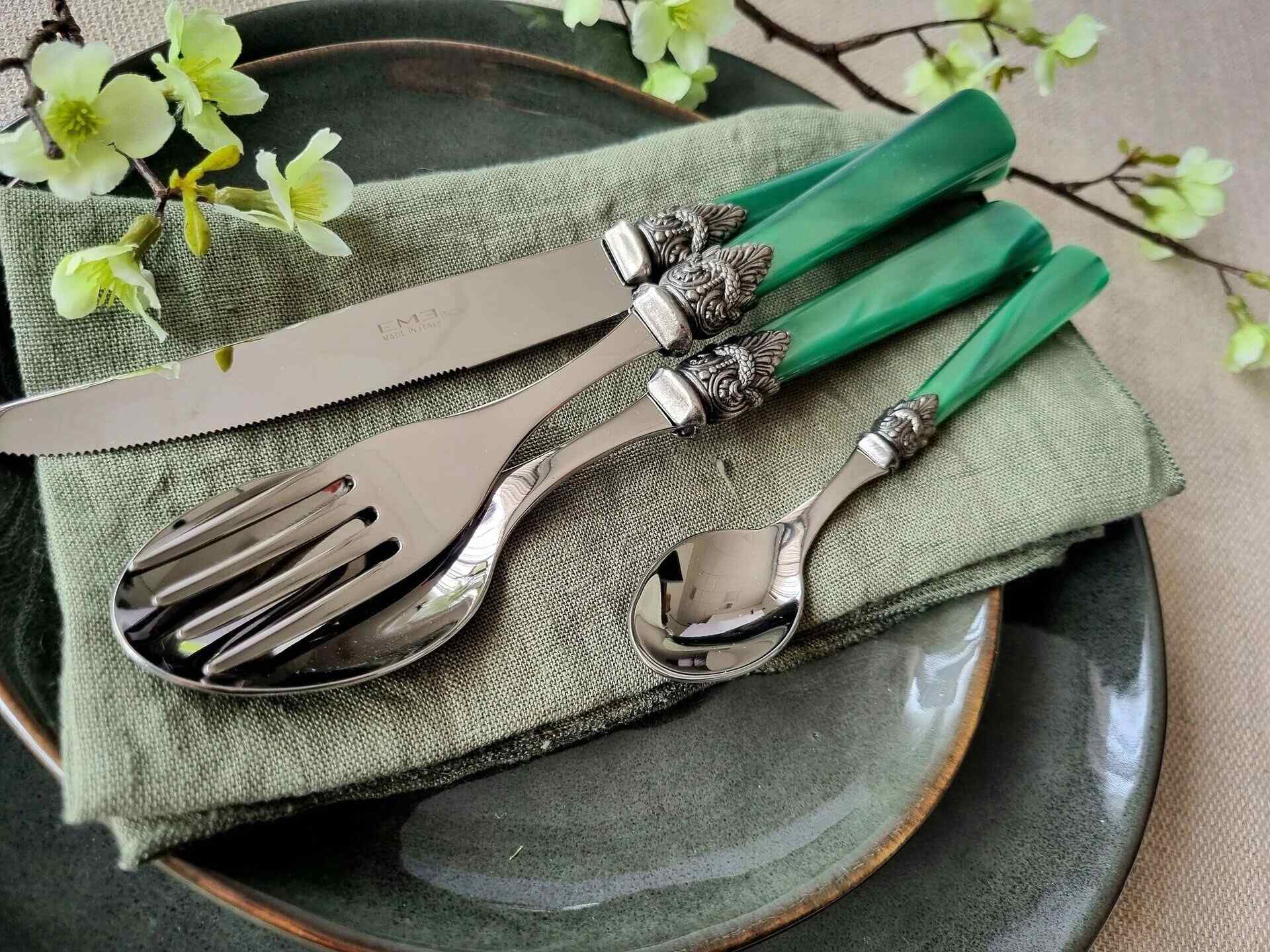
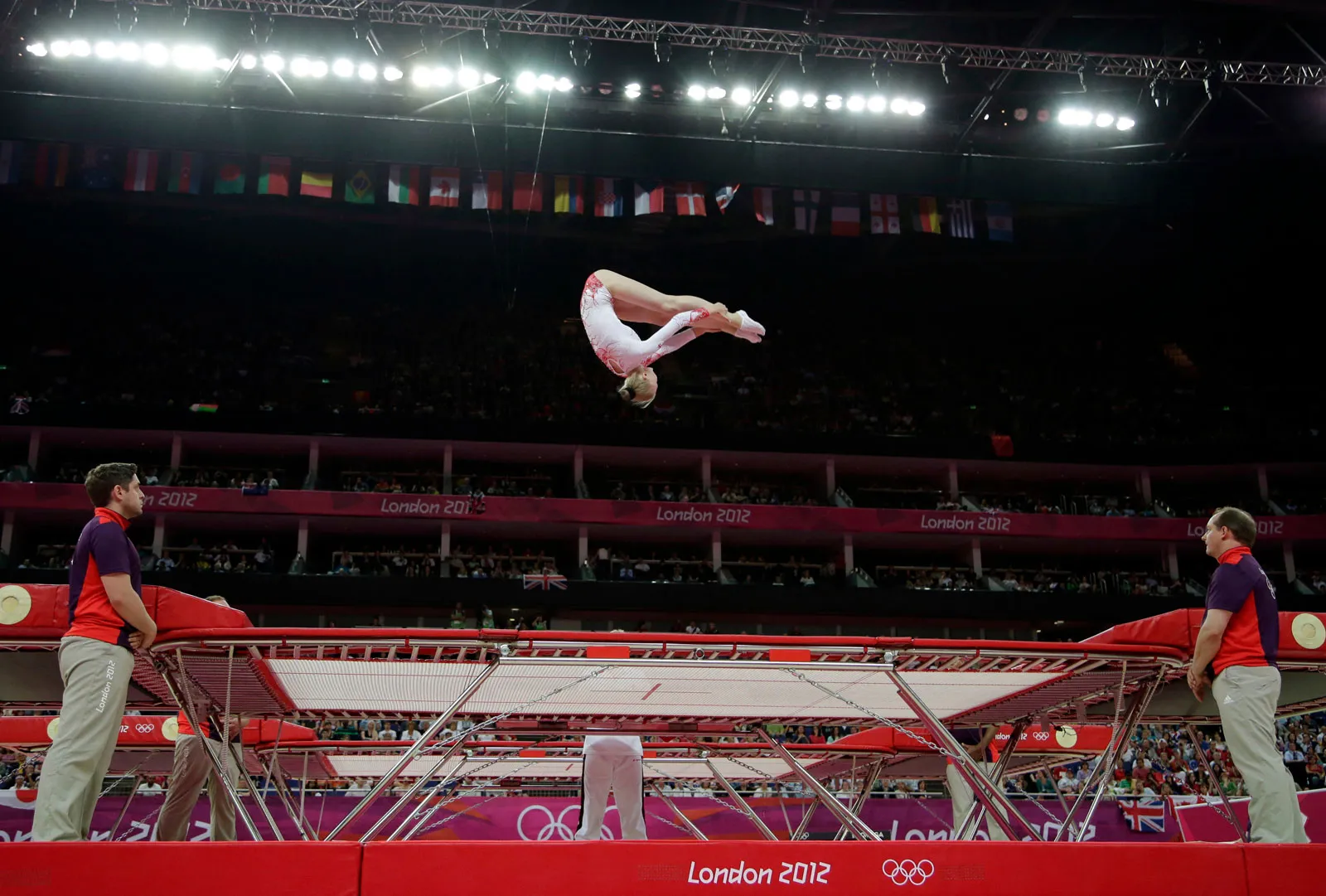
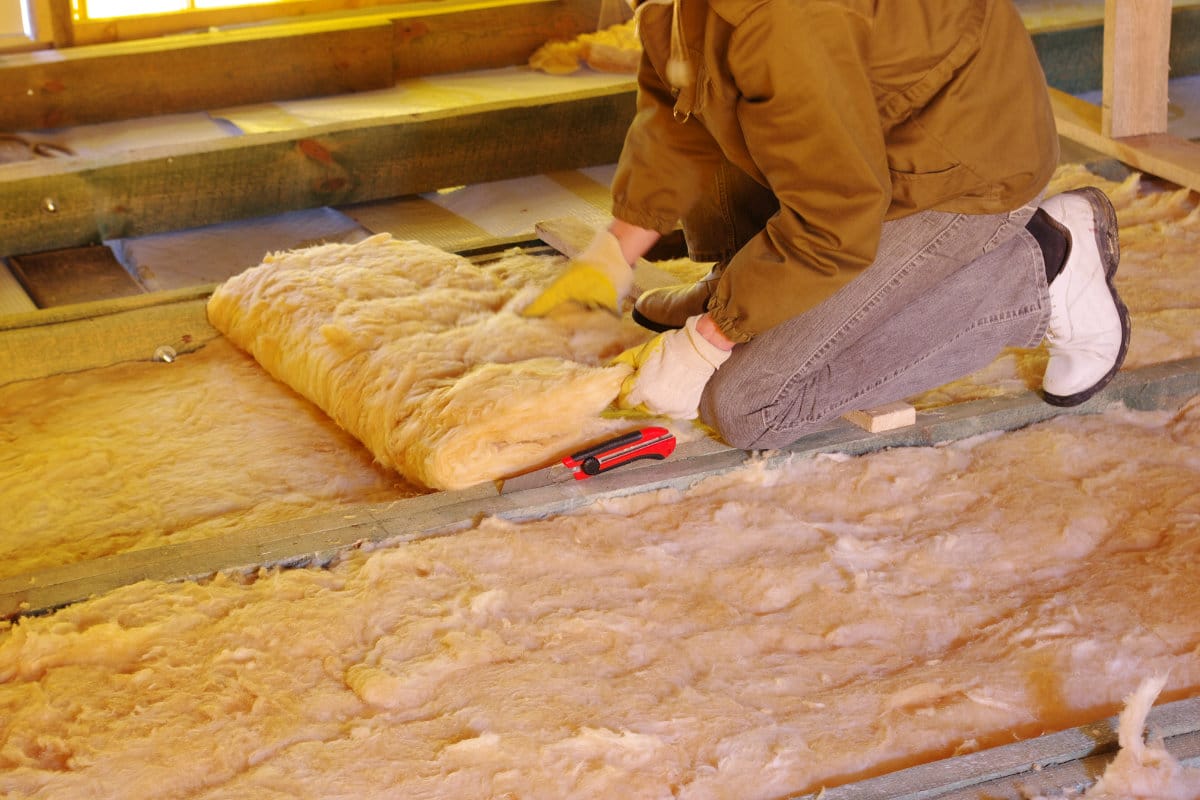
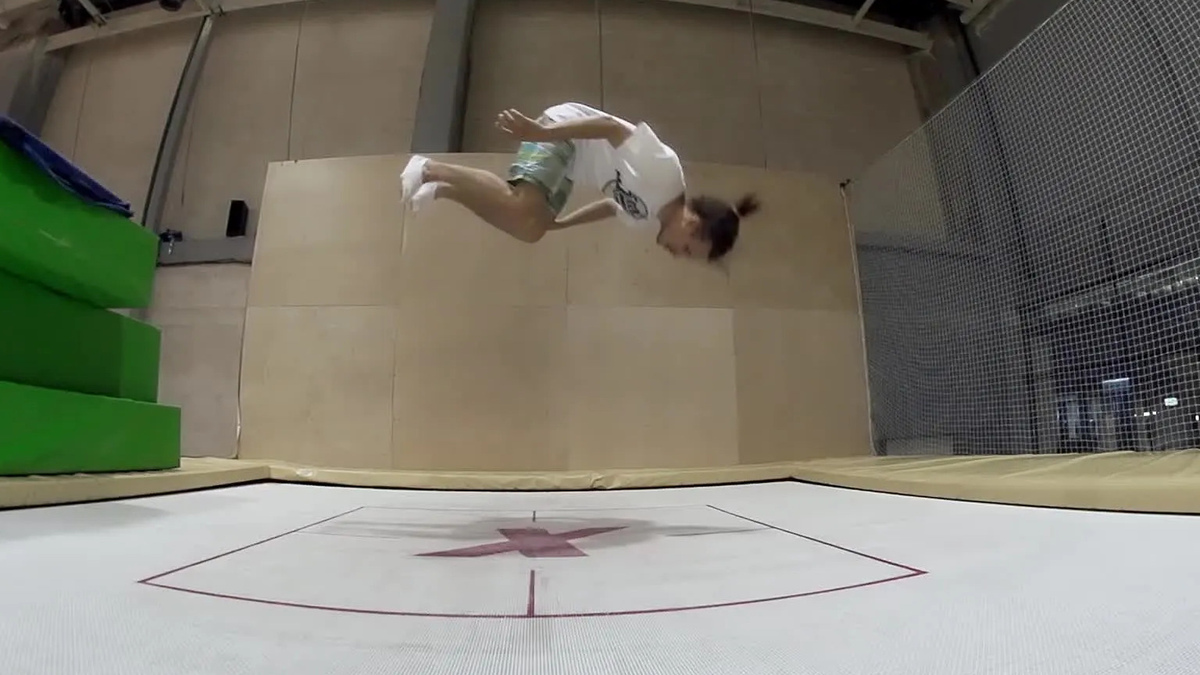
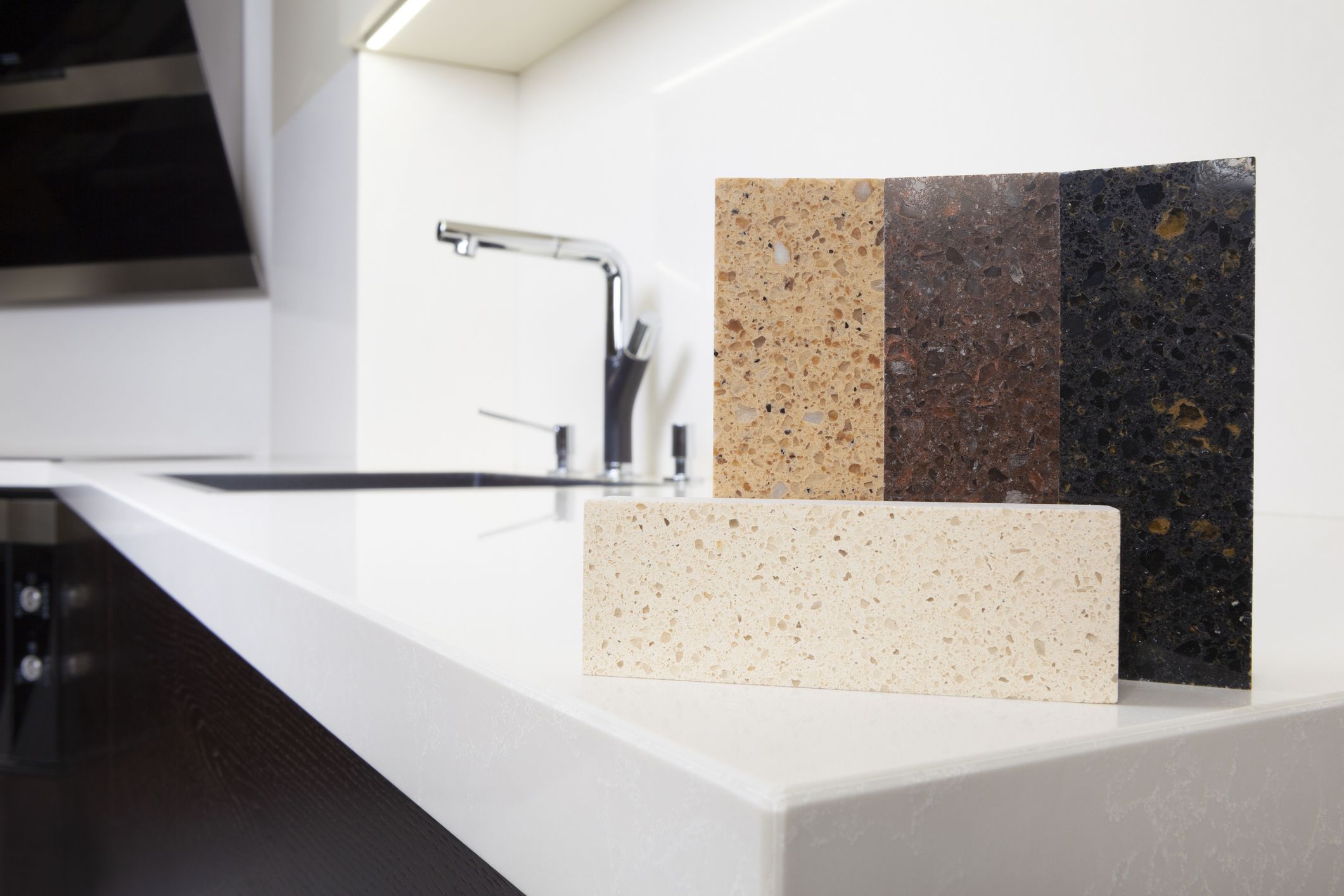


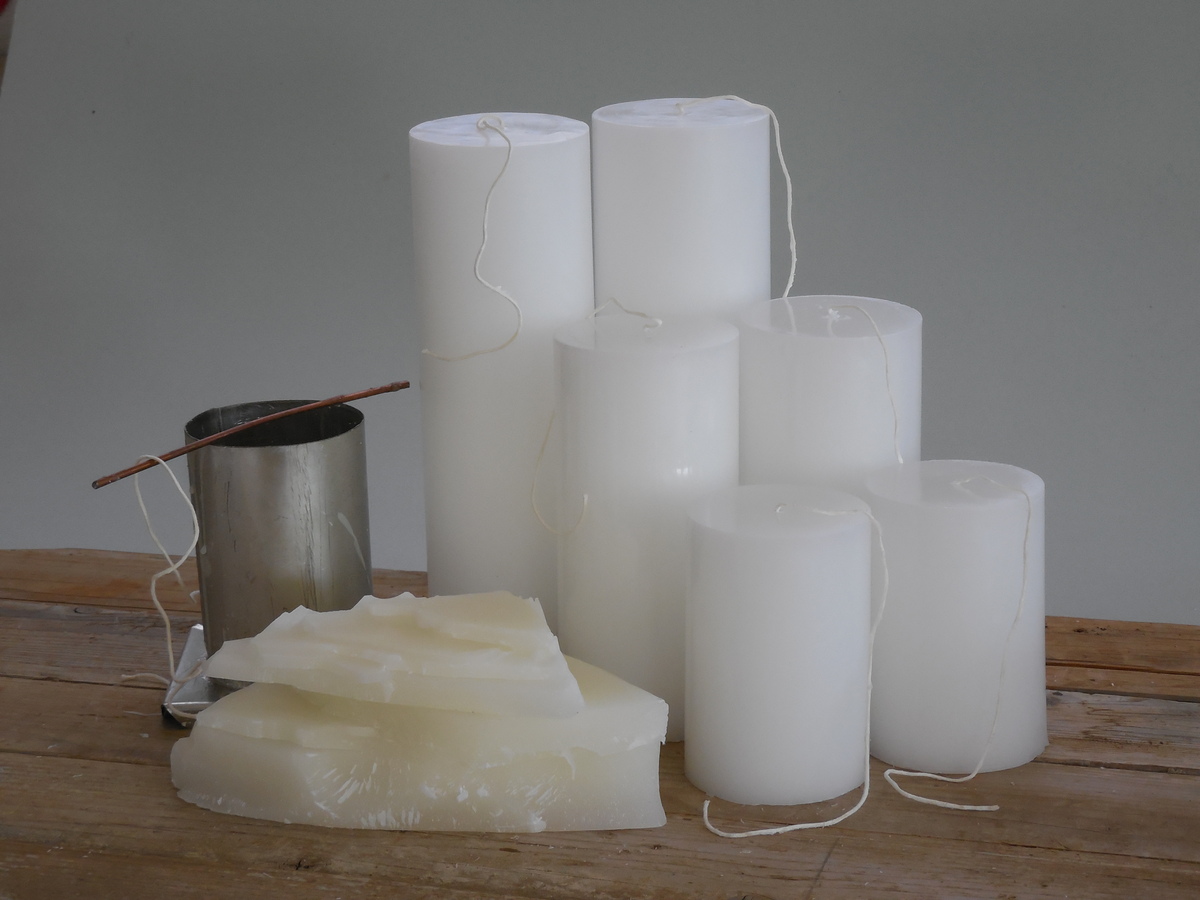

0 thoughts on “What Is A Trampoline Made Of”